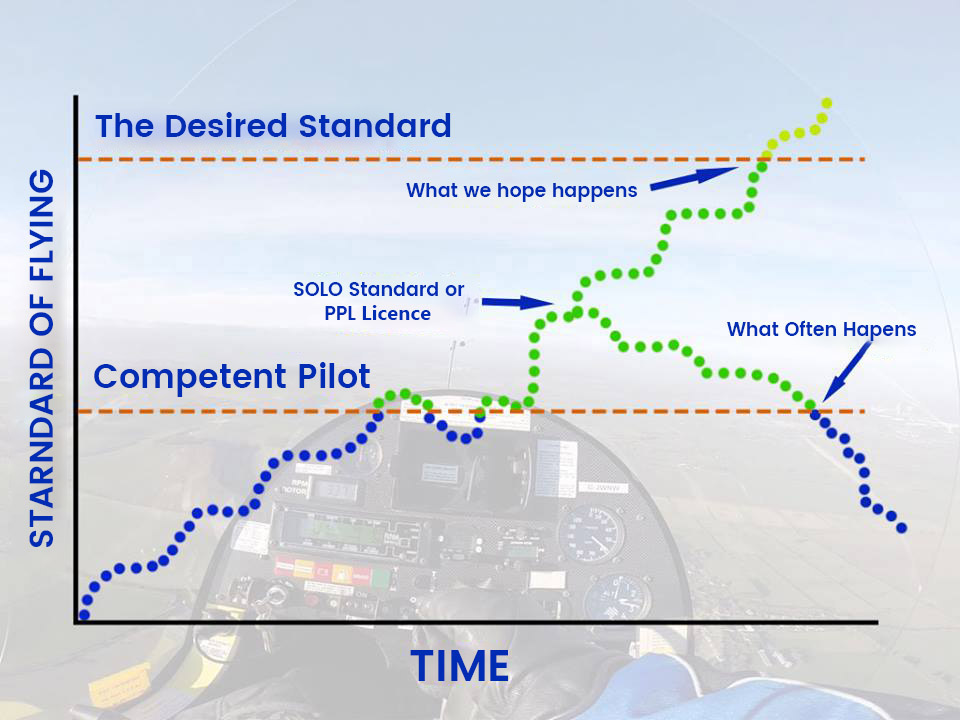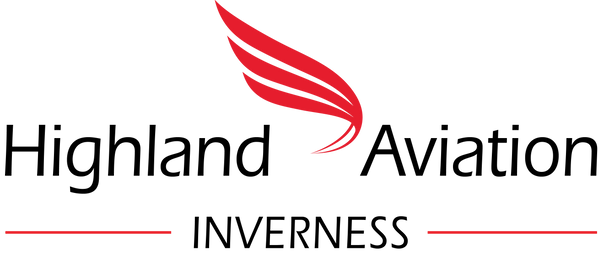Pilot Development Course (Gyroplanes)

Introduction
If you are reading this page you are probably already a qualified Gyrocopter Pilot who knows the unparalleled joy and delight of flying these wonderful aircraft. You may have been flying for some years, and decided it's time to refresh and update your skills.
The Pilot Development Course aims to develop you from private pilot to master pilot standard, and includes a number of advanced techniques and exercises to increase your ability, confidence and safety.
We follow the IAPGT Pilot Development Program which is recognised by the CAA as part of their PROUD (Pilot Recognition for Operational Up-skilling and Development ) scheme.

(Diagram published with permission © IAPGT)
Pilot are welcome to carry out this course in their own aircraft, or may choose to use a school aircraft.
For those not used to operating with Air Traffic Control, this course will also develop you understanding and confidence in controlled airspace environments, and how to integrate with large commercial traffic.
The core skills taught in this course also appear in the Instructor Course and the Commercial Pilot Licence course. If you wish to progress on to one of these courses in future, flying time on these exercises can count towards those courses.
Please contact us directly if you would like more information, or would like to express an interest in enrolling on the course.
Course Outline
This course is approximately 10 hours of flying time, including pre and post-flight briefings.
Stage 1
The course starts with an assessments of the pilots skills, identifying any strengths or weaknesses. There is then the opportunity to build on these skills and refine the flying techniques.
The focus here is Precision General Handling Skills.
Stage 2
The focus of stage 2 is Precision and Emergency Landings. We will explore through a variety of exercise what is possible in your gyroplane with regard to manoeuvrability and safety when executing emergency landings. This will include a full engine off landing.
Once learned and practiced these techniques can give the pilot more options, a better understanding and more confidence in landing safely if an emergency situation arises.
Stage 3
This stage focuses on precision Take Offs, Landings and Circuits in High Wind Conditions with particular regard to rotor handling.
Whilst many leisure pilots choose to fly within their own comfort zone where weather and wind are concerned, it is common when flying further afield to encounter weather on the edge of our personal comfort. This stage will push you to become more acclimatised to winds and weather nearer to the published limitations of your aircraft, so that if encountered in future, you have more confidence in yourself and your aircraft, and appreciate the should's, and should not's of flying in strong wind.
There is the option to extend this stage with our Mountain Flying Course.
Stage 4
In stage 4 we bring the flight training to a conclusion and look at creating a plan for further future personal development. Depending on your flying aspirations, we will write down and agree which skills and flight experience might be useful for you to practice and master in your own time moving forward.
Ongoing mentorship is then available through telephone, email or personal visits.
Minimum requirements to start the Course
- PPL(G) holder with a current Certificate of Revalidation.
- 50+ hrs flown P1 on a gyroplane, which must have been attained since the issue of the PPL(G).

